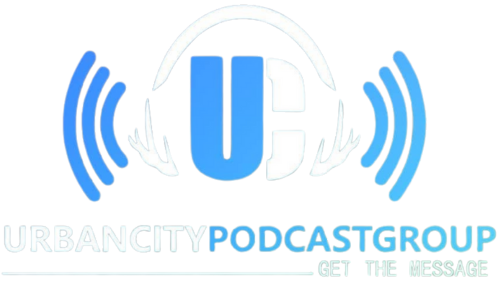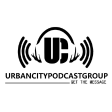Key Takeaways
- Native American stories are often missing from educational textbooks, resulting in an incomplete understanding of their histories and cultures.
- Including these stories in education not only enriches historical knowledge but also empowers communities by offering valuable insights and perspectives.
- Changing the narrative requires collective effort to ensure these voices are heard and celebrated.
Amplifying Native American Narratives
Do you know whose voices are missing from your textbooks? Native American stories often get sidelined, leaving gaps in our understanding of their rich histories and powerful cultures. These stories are more than just history lessons—they're vital for building a complete picture of our nation's past and present.
When they're taught and celebrated, they bring insight, perspective, and inspiration that can really empower communities.
So, how do we change this narrative together?
Historical Erasure and Its Consequences
Although the story of America often overlooks Native American experiences, it's vital to recognize how historical erasure has deeply affected Indigenous communities.
Intergenerational trauma has roots in federal policies like the Indian Civilization Act of 1819 and the establishment of boarding schools. These initiatives stripped away cultural identity by enforcing European norms on Native children. The government orchestrated the unethical seizure of Native lands, further contributing to the cultural genocide experienced by these communities. You mightn't know, but these schools punished kids for speaking their native tongues, leaving scars carried through generations. The slogan "Kill the Indian, save the man" symbolized the cultural genocide intent.
Recognizing this painful legacy helps you to question the narratives you've been taught and appreciate the resilience of Native communities.
What's important is to seek understanding and acknowledge these untold stories.
Efforts Towards Educational Inclusion
Have you ever wondered how schools are stepping up their game to include Native American traditions and cultures? Many schools now engage in cultural programs and promote community collaboration to create welcoming environments.
Resource centers and after-school clubs focused on Native American culture are popping up, providing vital opportunities to connect with heritage. Schools work with families through in-person and electronic communication, making sure everyone's voice is heard.
Teacher training programs focus on cultural relevance, enabling educators to respect and understand Native cultures better. Indigenous language inclusion and promoting positive identity are becoming key elements in school curriculums.
Through these collaborative efforts, schools aim to make education inclusive and reflective of Native American communities, empowering students and nurturing cultural pride.
Challenging Stereotypes and Misconceptions
Efforts to include Native American traditions in schools help create a foundation for understanding diverse cultures.
You're aware that over 300 Native languages once thrived in the U.S., highlighting immense cultural diversity. Yet, European settlers mistakenly lumped Native Americans into a single entity, blurring rich tribal distinctions.
This oversimplification persists today in media representation, where stereotypes often show Native people as historical caricatures or mischaracterize them using harmful tropes, like the "savage Indian."
Sports mascots worsen these portrayals, reducing the vibrant histories of tribes like the Navajo and Iroquois to mere symbols.
Combating these stereotypes requires you to acknowledge and celebrate the vast and varied traditions and languages that exist within Native communities, both past and present.
The Importance of Indigenous-Led Initiatives
When Indigenous communities take the lead in education, something truly empowering happens.
You'll see the magic of community resilience and cultural preservation in action. Indigenous-led initiatives address the gaps in formal education by infusing classrooms with rich histories and traditions often overlooked.
These efforts don't just educate; they connect young learners to their roots, preserving languages and ways of life that might otherwise vanish.
With supportive networks, like the ILED Network, you'll find resources empowering communities to tell their stories.
Elders play an essential role, sharing wisdom and traditional practices, building a bridge between generations.
Conclusion
Embracing New Narratives: A Call to Action
Imagine standing at the edge of a transformative journey. Classrooms can come alive with stories that ignite curiosity and dismantle outdated stereotypes, offering fresh perspectives that may have been overlooked. Consider how Native American voices, steeped in rich history and culture, can reshape the way young minds perceive the world. By embracing these narratives, you're not merely learning—you're forging a path toward a more inclusive and robust future. It's time to welcome this change and witness the positive impact it will have on your community. Are you ready to take this step?










